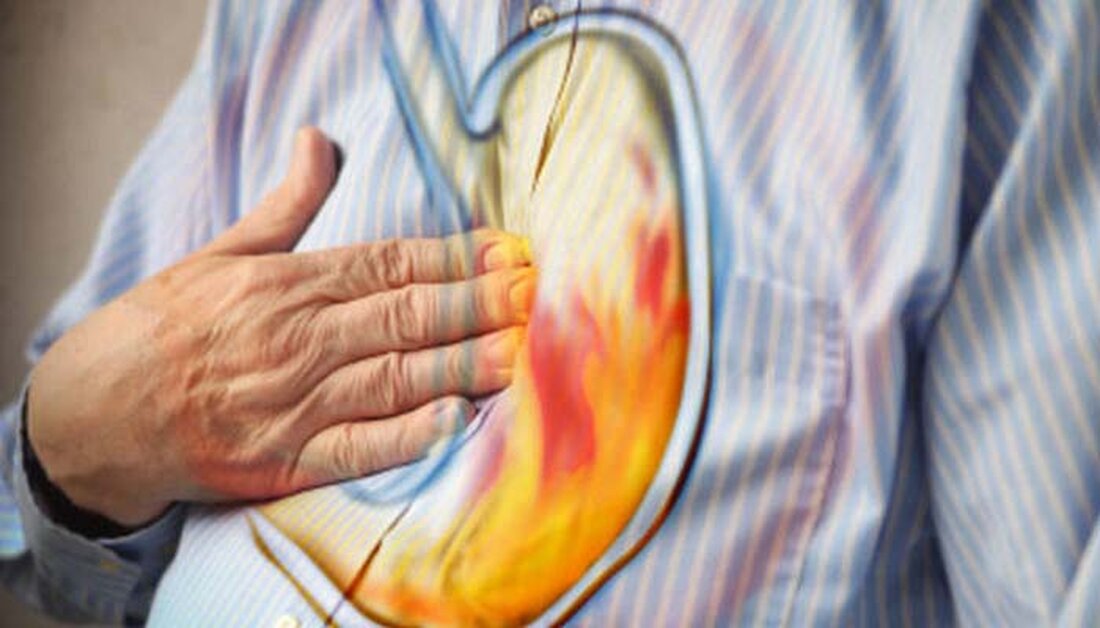Acid reflux treatments - acupuncture points, acupressure and acupuncture
Scientists at the University of Adelaide in Australia conducted studies using a mild electrical pulse to stimulate an acupressure point on the wrist known as the neiguan, or pericardium 6 – P6. This acupressure point is associated with upper gastrointestinal disorders such as acid reflux. Stimulation of the acupuncture point resulted in a reduction in relaxation of the lower esophageal sphincter – LES. Relaxation of the LES is known to be the main cause of acid reflux syndrome. Acupuncture point stimulation reduced transient lower esophageal sphincter relaxations – TLESRs by a significant 40%, from 6 per hour to 2½ per hour. This reduction was also considered significant...

Acid reflux treatments - acupuncture points, acupressure and acupuncture
Scientists at the University of Adelaide in Australia conducted studies using a mild electrical pulse to stimulate an acupressure point on the wrist known as the neiguan, or pericardium 6 – P6. This acupressure point is associated with upper gastrointestinal disorders such as acid reflux. Stimulation of the acupuncture point resulted in a reduction in relaxation of the lower esophageal sphincter – LES. Relaxation of the LES is known to be the main cause of acid reflux syndrome. Acupuncture point stimulation reduced transient lower esophageal sphincter relaxations – TLESRs by a significant 40%, from 6 per hour to 2½ per hour. This reduction was also found to be significantly greater than the results in the placebo group, whose members received only simulated hip stimulation.
Acupressure is a branch of traditional Chinese medicine that involves applying pressure by hand to the same acupressure points that needles are inserted into during an acupuncture treatment. Electrical acupuncture point stimulation is a high-tech version of the traditional acupuncture procedure. By applying pressure to acupuncture points prescribed by ancient Chinese diagrams, specific areas and organs of the body can be effectively treated against disease using the energy of the meridian system known as Yin. Yang and Qi are brought into harmony, allowing the body to heal itself.
The acupuncture point stimulation used in the above study was a modern version of an ancient Chinese procedure whose needles were replaced with electrodes that were used to send small electrical pulses to specific acupuncture points on the skin. According to traditional Chinese medicine, these points are connected to the internal pathways that conduct energy throughout the body. By stimulating these points, a healthy (energy) flow is achieved.
You can also apply pressure to the P6 with your fingers. Acupuncture points are usually located next to and between bones, tendons and ligaments. However, they are not found on bones, blood vessels or arteries, but in the depressions next to them or between them. Acupressure to the P6 has been used for years to treat vomiting, nausea, motion sickness, seasickness, morning sickness, and post-operative nausea. This traditional Chinese remedy has also been used to treat insomnia, fever, epilepsy, chest pain and migraines. Acupressure bracelets, also called “seabands”, are now used for this purpose. The acupressure bracelet fits snugly on the wrist and features a small plastic button that is pressed to apply pressure to the P6. It is widely believed that these acupressure bracelets can be helpful in reducing acid reflux.
Inspired by Joan One

 Suche
Suche
 Mein Konto
Mein Konto
